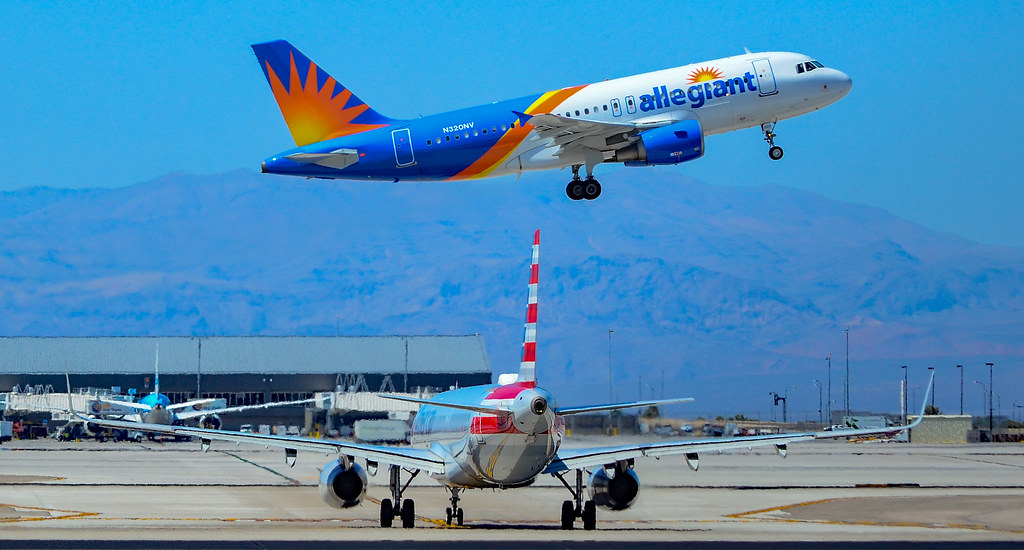As the news came down that Alaska and Hawaiian Airlines have signed an agreement with the Department of Justice to not consummate their merger until 90 days after the last request for information by the Dept, it was about time for PHwSF to return to this subject, continuing its series looking at the merger.
You can read the other parts of this series, talking about the merger itself and the government’s reaction to it; who owns Hawaiian now; how the airline may benefit from a pre-check plan between Japan and Hawaii; and a “what if”, part 1, of whether Hawaiian could have been like Alaska Airlines.
This fifth article, “part 2”, continues examining a hypothetical “what does plan B look like” if the DOJ says no to the merger, forcing Hawaiian to figure out how to expand, on its own, and how much it would cost to do that. For this examination, we’ll look at how much it would cost Hawaiian to buy out another airline that services the West Coast, like how Alaska bought Jet America and Horizon in the 80s.
Just to refresh from part 1, it was determined that to set up a new hub in a city on the mainland, most likely it would be someplace like Las Vegas, and to just set up the beachhead would cost about $1 billion, with much more in the out years to just keep their dominance.

PC: “Hawaiian Airlines Airbus A321-271N (A321neo) N202HA at New York-JFK Airport” by Adam Moreira (AEMoreira042281) is licensed under CC BY-SA 4.0.
But what if Hawaiian didn’t have time to set up a full-blown mainland operation that is like that of Alaska’s dominance out of Seattle? Then the second-best way to expand is to buy out an airline company that already operates in the region and integrate their operations and services to Hawaiian, to create that position in the mainland, relatively quickly.
Let’s see how that plays out.
BUYING OUT AN AIRLINE is not a simple process, and it gets more complicated the larger the buyout is. Anyone who has been an observer of airline mergers over the last 15 years has seen relatively smooth mergers (Delta with Northwest) and ones that just felt like a train wreck every time you looked at it (United and Continental). The buyout of any one airline by Hawaiian, in this scenario, would face similar challenges of merging culture, operational style, equipment synergy, and overall financing of the transaction.
Alaska Airlines, in its history of expansion out of Seattle, has seemingly had a green thumb when it comes to the integration of airlines during its expansion. Their first big purchase in the 80ʻs was that of Northwest regional airline Horizon Air for $85 million ($266 million in 2024 dollars) and of course the buyout of Virgin America for $4 billion in the mid 2010ʻs. Smaller purchases they made of Jet America in 1987 for $14 million gave Alaska the ability to grow its market share while keeping the airline together as it grew.
Not an easy feat.
So, if Hawaiian were to target someone to buy out, who would it be, if we were examining setting up a hub on the mainland, and starting mainland-only services? In research, PHwSF has come up with this list of potentials,
- Allegiant Air: Based out of Las Vegas, NV. With about 126 planes flying to over 100 destinations, its business model is more of a “travel club” with full package tours and travel attached to air transportation. It’s currently revamping its fleet, with the purchase of new 737-MAX planes.
- Avelo Airlines: Headquartered in Houston, TX, it was founded by a former United Continental executive who took over a couple of smaller operators to form Avelo, with about 1,000 employees currently. Flies 737-800 planes, it has a presence on the West and East Coasts.
- And, finally, to include “all possibilities”, we include a buyout by Hawaiian of Alaska Airlines. And we already know what Alaska brings to the table in that transaction.


Now, let us see what it would take for Hawaiian to buy each of them, hypothesizing that Hawaiian can obtain financing at the levels of these purchases, and even more with post-purchase integration and adjustments.
AVELO: In comparison to the other options presented here, Avelo would come relatively inexpensive for Hawaiian and its investors. Being a young airline, the range that Hawaiian could pay depends a great deal on both the cost of the durable assets of the airline and its financial “goodwill”. Currently estimates place a purchase price at between $500 million and $3 billion. For that purchase, Hawaiian would get an airline that has West Coast hubs in Seattle and Los Angeles that could be expanded upon with a ready-made fleet of planes at least to start.
ALLEGIANT: As the size of the airline to acquire gets bigger, so does the price tag. Currently, it would be between $3 to 10 billion to purchase Allegiant outright by Hawaiian. For that price, they’ll get a lot more employees, and a lot more landing slots in places all over the country, including on the West Coast. Their corporate culture of transporting passengers for leisure would dovetail with Hawaiian’s style. Furthermore, the operation that they have currently is profitable – something which could help Hawaiian should this purchase be needed to fund integration and further expansion. But they would need to be sure that they don’t “kill the goose that lays the golden eggs”.
And, finally, while much more fantastical than any other option, a buyout of ALASKA by Hawaiian could “technically” still happen, but the price tag would be huge. The estimate right now to purchase Alaska outright is in the range of $15 to $40 billion, with any figure no doubt leaning more toward the high end, than the low. But as with size meaning more money, it also means higher costs associated with integration and adjustments that the airline would need to face as they get bought out. Also, like with what happened in the 80s with leveraged buyouts by smaller entities of larger ones, the debt load that Hawaiian would carry on this would make the current $1 billion seem quite small, in comparison.
In an analysis of who else could be purchased, PHwSF also noted these two carriers that are much smaller than Hawaiian that could help with a west coast expansion, with a lot of post-merger money going to expansion, JSX, and Boutique Air. Both would have smaller price tags but both would also have much less of a footprint than the three listed above. While the purchase price might be lower, investors would need to commit relatively big money to fully utilize the network and people involved with these airlines, including recertifying them for larger planes.
In the end, it would be expensive for Hawaiian Airlines to expand by purchasing another airline. However, there are other options available to them. For example, they could make a partial purchase of an airline and gain a seat on the board, allowing them to access some of the markets where that airline flies. Another less expensive option is to form strategic partnerships with other airlines. The Alaska buyout of Hawaiian Airlines seems to be a full-blown strategic partnership with Alaska owning the airline outright, all for one seemingly low price.
Ultimately, the Department of Justice will determine if the buyout by Alaska, or any one of the potential “plan B’s” will come to fruition.
Photo Credits Avelo Airlines: "N803XT Boeing 737-8F2 Avelo Air Fort Lauderdale 19.1.23" by Colin Cooke Photo is licensed under CC BY-SA 2.0. Allegiant Airlines: "N320NV Allegiant Air Airbus A319-111 s/n 2514" by TDelCoro is licensed under CC BY-SA 2.0.
